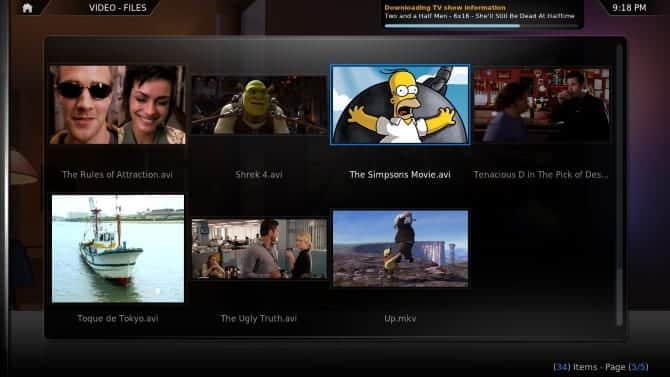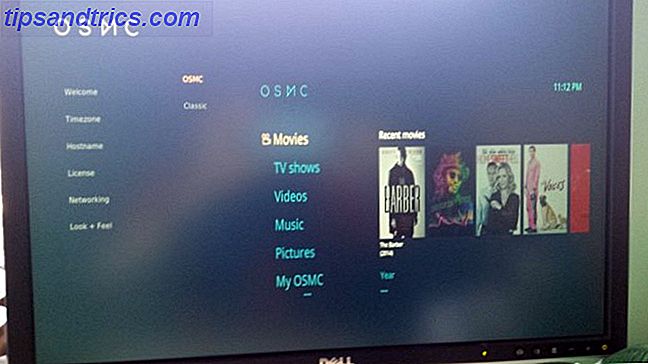
- Linux media center distro 2016 install#
- Linux media center distro 2016 software#
- Linux media center distro 2016 windows#
The history of Red Hat began as a small company to create a commercial distribution. If you want stability, opt for the stable branch as its packages that have gone through months of review before upon approval. The unstable and testing branches consist of features and packages that haven’t been thoroughly tested yet. The Debian community was able to make the transition from SysVinit to Systemd in the lát few years.ĭebian is available in three branches – unstable, testing, and stable. Each version of the operating system has an extended five-year support cycle.Īlthough the distribution does not have paid support, users will be able to ask for help from consultants from all over the world, whose contacts are posted on the Consultants page. The most recent version, Debian 10 comes with stable versions of Perl, Python, Apache, and Xen Hypervisor and the latest Linux kernel. Looking for the best Linux server distro? Try Debian.ĭebian is one of the oldest Linux operating systems, debuting in 1993 and boy, Debian has impressive stability. Multiple deployment options, from virtualization to hard drives 3.But for those who are already comfortable fiddling with Docker and Kubernetes, Container Linux is a no-brainer. If you're not a fan of containerization, you can skip Container Linux. In addition to local installation, Container Linux can be run in virtualization environments such as Azure, VMware, and Amazon EC2. All applications must run under the form of containers. Unlike traditional Linux distributions, ContainerOS lacks a package manager. It includes documentation and support for Kubernetes, Docker, and rkt. Container Linux focuses on clustered deployments, automation, ease of application deployment, security, reliability and scalability, specifically designed for use on servers. This open source OS ranks among the best Linux server distributions at the moment thanks to its support for container deployment. Container Linux (formerly CoreOS)Ĭontainer Linux (renamed from CoreOS in 2016) is a Linux distribution revolves around supporting containers.
Linux media center distro 2016 software#
Linux media center distro 2016 windows#
Wine does provide support for Windows applications, but check your software requirements before choosing a Linux server distribution. If you are using a media server, you will be using different programs than if you were installing Linux Minecraft server. But the software requirements depend on the type of server.
Linux media center distro 2016 install#
It should install correctly on any Debian based release as well as FreeBSD. For example, Plex is available on an array of Linux distributions. Therefore, like server hardware counterparts, LTS distributions provide maximum reliability and stability.Īlso, consider what you're going to do on your server. These LTS releases are backed by three years of support. While some Linux distributions are designed for server use, any Long Term Support (LTS) distribution should do the trick. These tools are designed to make it easy to create and manage your server. Moreover, many Linux home server operating systems include a specialized set of features.

Most focus on security, stability and resource consumption. Likewise, Linux distributions offer many features specifically designed for use on a home server. Dedicated servers are built for uninterrupted operation, reliability and low power consumption.

Key features of Linux server distributions:Ĭonsider server hardware. So how do you find the best distributions for your home server? From well-known distributions like Ubuntu to niche releases like Kali Linux, there are tons of choices. Many sysadmins prefer Linux for security and permissions. For starters, most Linux distributions are free. While Windows and OS X remain popular, Linux distributions offer uncompromising flexibility. 11.1 Features of SUSE Linux Enterprise Server The best OS for Servers are Linux based, why?


 0 kommentar(er)
0 kommentar(er)
